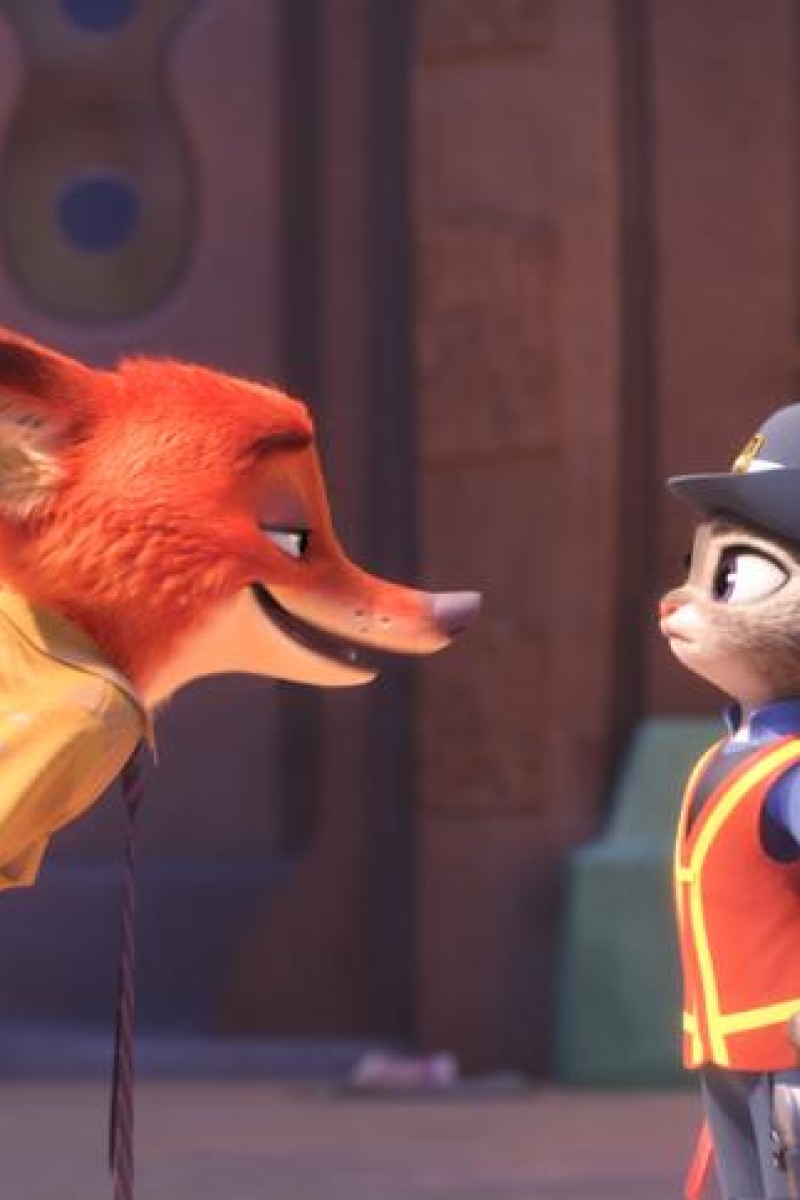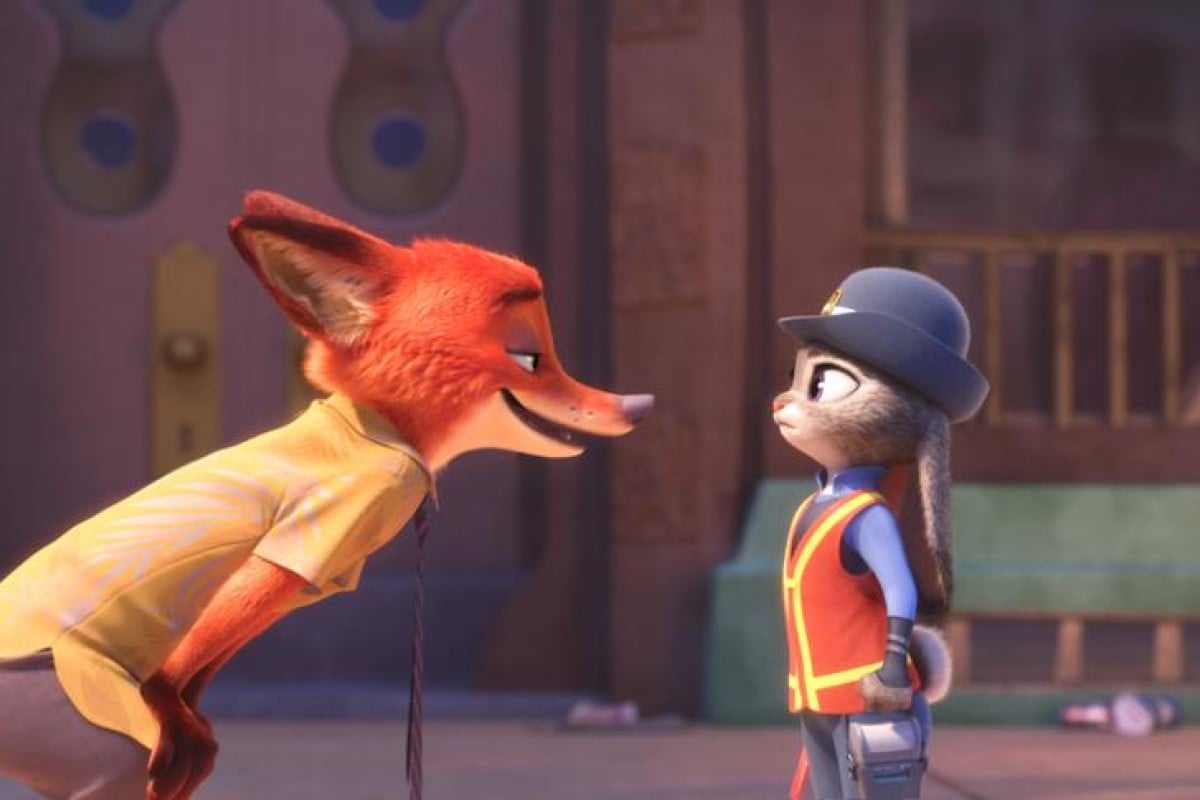
Zootopia movie makers went wild in Africa ... literally. For research, obviously

Zootopia is a place where dreams come true, a glimmering city where all sorts of animals live in harmony and “anything can be anything”. It almost sounds too good to be true - and it’s up to the filmmakers to use every technique they can to make the world come alive for audiences.
To design a city built by animals, the filmmakers literally had to go wild. They spent 18 months studying about animals, speaking with experts and travelling to Kenya to learn about animal behaviour. They finally settled on six key areas for Zootopia, each designed on a specific climate and colour palette.
“Given the same technology and know-how that we humans have, how would a camel design Sahara Square? What would a polar bear put in Tundratown? We also added elements that people would recognise to make it feel metropolitan and relatable,” says production designer David Goetz.
For example, the desert-like Sahara Square features a warm palette of reds oranges and yellows. Most desert animals are nocturnal because it’s too hot during the day, so art director of environments Matthias Lechner built lots of nighttime activities - casinos and a giant palm-tree hotel with an oasis surrounding it. The icy Tundratown has a cool, crisp colour palette and features floating blocks of ice instead of moving sidewalks.
Having 64 species of animals, all with a lot of fur, posed huge challenges to the visual effects team. “We didn’t want the characters to look like stuffed animals,” says visual effects supervisor Scott Kersavage. “Unlike human hair, which is consistent from one person to another, the actual follicles from animal to animal vary drastically.” In the past, putting wind through a single hair would drive a whole clump. New technology for Zootopia enabled the special effects team to have control over every single hair. A single giraffe has nine million hairs on it - more than every single character in either Frozen and Big Hero 6 combined.
Adding to the difficulty of the task of moving the fur was the fact that all the animals wore clothing. “What’s under the clothes gets cut as the clothing slides across the skin - it’s like a lawnmower,” says simulation supervisor Claudia Chung Sanii. “We coupled that with bending the hair a little so it doesn’t look like we’re chopping hair off - it looks like it’s interacting with the cloth.”
To further augment the authenticity of the film, director of cinematography-layout Nathan Warner insisted on using camera movements audiences are used to seeing in live-action movies. He and his team used real-world depths of field, which determines what gets in focus and what doesn’t. This kept a bunny looking 60 centimetres tall and a giraffe 6 metres tall even through different shots, and helped them determine how close up they would need to be to shoot faces of animals of different sizes.
While CGI filming tends to be perfectly light and timed, Warner’s team added intentional flaws to give the feel that a real person is holding the camera in the fantastical Zootopia world. “We had to unlearn how to be perfect,” says Warner. “We purposely missed our targets while focusing, we would pretend to catch up with a character to give the impression the cameraman was having difficulty tracking a fast-moving creature. Audiences are used to these slight adjustments.”
Opens on March 24
Win! Win!! Win!!!
We have tickets to give away to a 2D screening of Zootopia on March 19 (11:40am) at UA iSquare. For the chance to win a pair, tell us about your favourite animal in 50 words or less. Send your answers to [email protected], along with your name, address, school and phone number.
